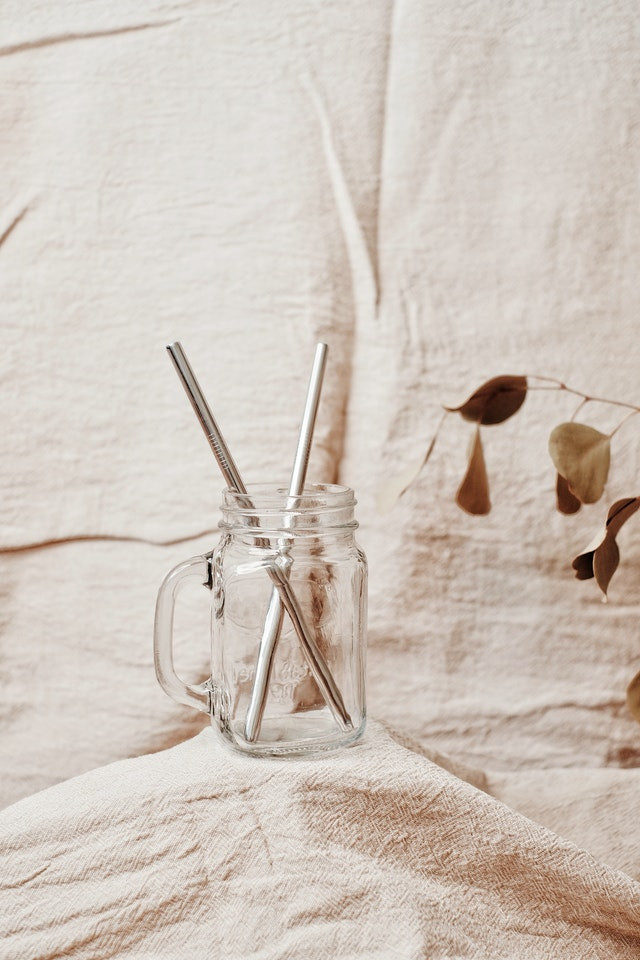
Why Go Plastic Free?
1st Apr 2020
It seems like a rather obvious question. After all, if you're on this site, you must have some idea of why plastic-free is a good idea. But it never hurts to revisit the reasons for cutting down waste, and you might learn something you didn't know.

Carbon Emissions
Plastic uses kilograms of CO2 during its production. Plastic produces carbon dioxide from the very start of its life cycle. One kilogram of plastic produces 6kg of CO2, equating about 210kg of CO2 from plastic production per person per year. See our article here on how switching away from plastic can help your business go carbon neutral.
End of Life
Plastics accumulate in landfill, where they infiltrate the environment and harm animals. Plastic can take hundreds of years to break down, and even then it might not be harmless. Many plastics – especially those labelled 'biodegradable' or 'degradable' – break down into smaller and smaller pieces, ending up as microplastics which can spread into the environment. Studies estimate humans eat about a credit card's worth of plastic a year as a result of fish and other animals ingesting microplastics. Plastics also release harmful chemicals as part of the degrading process, which can seep into waterways and soils, impacting animals. Read our article on the difference between degradable, biodegradable, and compostable.
Nurdles
Nurdles are spilt at every stage of their life cycle. What are nurdles? Many people have never heard of them before. Nurdles are tiny pieces of plastic that act as 'building blocks' for every other piece of plastic. During production, nurdles are melted down to form bags, bottles, children's toys, cutlery, glasses frames, and any other form of plastic you can imagine. However, nurdles easily end up in the environment. They are spilt at every stage of their life cycle – during production, transportation, moulding, and recycling. They look like fish eggs, and are often eaten by unsuspecting wildlife. See our article on nurdles here.
Alternatives
Find alternatives that won't harm the environment at any stage of their life cycle. Keep cups, reusable bags, wooden products – all of these are good alternatives for plastic. However, it doesn't matter what it is – as long as it does no harm to the environment. This includes a sustainable production process, using renewable materials, and a thoughtful disposal option. For something to be truly sustainable, it needs to be recyclable (and actually be recycled, using sustainable energy, on Australian shores) or compostable (and avenues for composting have to be available). Have a look at our products to find out what compostable options we provide!
Information from Time for Change. Read our tips for how to stay plastic-free during COVID-19 and how to calculate your ecological footprint, on our blog.
Planet Friendly Packaging acknowledges the traditional custodians of the land on which we work. Our thoughts go out to everyone affected by COVID-19. Stay safe.

